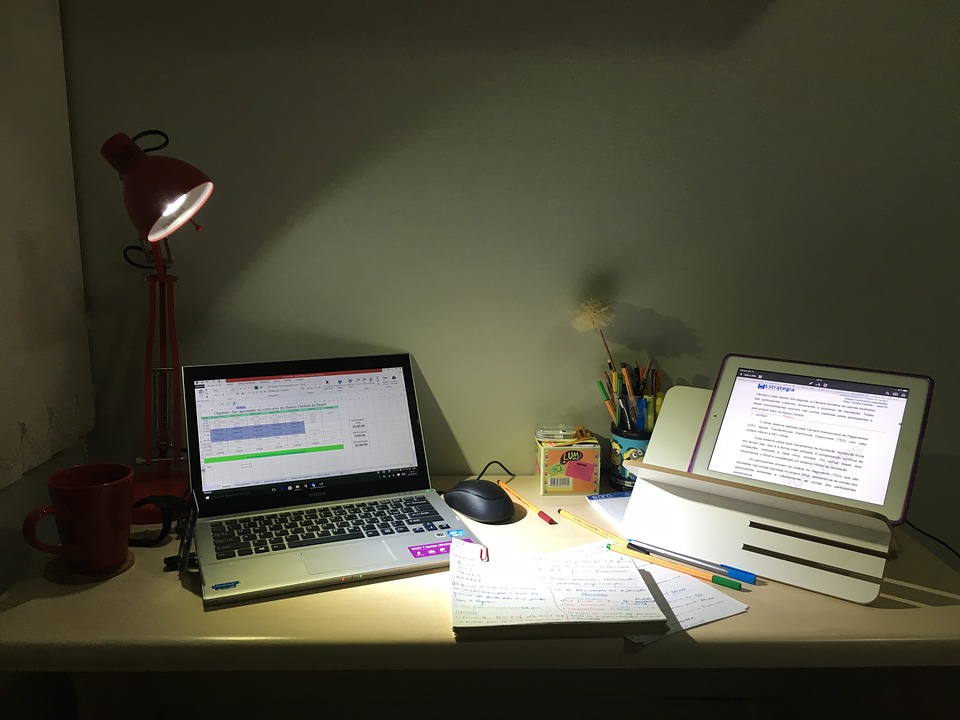
Unemployment rates fell the most between 2011 and 2016 for those with a qualification in Engineering, Manufacturing and Construction, with the rate falling from 15.7% to 6.0% during that period.
For Arts graduates, the unemployment rate decreased by 5.5%, down to 11.6%, although Arts graduates face the highest unemployment rate among those with third level degrees. Those with a qualification in Education had the lowest unemployment rate in 2016 at 3.1%.
The figures released today also demonstrate the increasing rate of people undertaking third-level education. When the census was conducted in April 2016, 42% of people aged 15 and over had a third-level qualification, compared with only 13.6% in 1991.
Constituencies with the highest rates of third-level education were Dún Laoghaire-Rathdown (61.1%), Galway City (55.2%), Dublin City (48.7%) and Fingal (48.7%). The lowest rates were in Longford and Wexford (32.5%).
It has been revealed that a higher proportion of women in Ireland hold third-level qualifications in comparison to men. 43.2% of women aged 15 and over hold a third-level qualification, while 40.7% of men hold the same.
In 1991, 14.0% of men and 13.2% of women were educated to third-level. Women’s participation in third-level education has become considerably more pronounced, with 1991 being the last census to indicate a higher proportion of third-level qualifications among men compared to women.
The number of people holding a Ph.D. has doubled over the last decade, rising from 14,412 in 2006 to 28,759 in 2016. More men have a Ph.D than women (16,016 and 12,743 respectively), although this gap has narrowed since 2011.
The likelihood of being in education remains higher among individuals from higher socio-economic groups. Census 2016 found that of 2,008 20 year olds identified as being in the higher-professional category, 94.4% were students. This was the highest percentage of any socio-economic group. In comparison, the lowest participation in third-level education was found among children of “agricultural workers” at 25.9%.
The census also revealed that Irish language ability has declined slightly since 2011, decreasing by 0.7% to 39.8% of the population. More women than men stated that they could speak Irish.
Among individuals who spoke Irish daily, Dublin City and the Dublin suburbs accounted for 20.2% of the share, while 8.2% of daily Irish speakers lived in Cork, Galway and Limerick collectively. The largest numbers of daily speakers lived in An Bun Beag-Doirí Beaga, Letterkenny and Swords.






